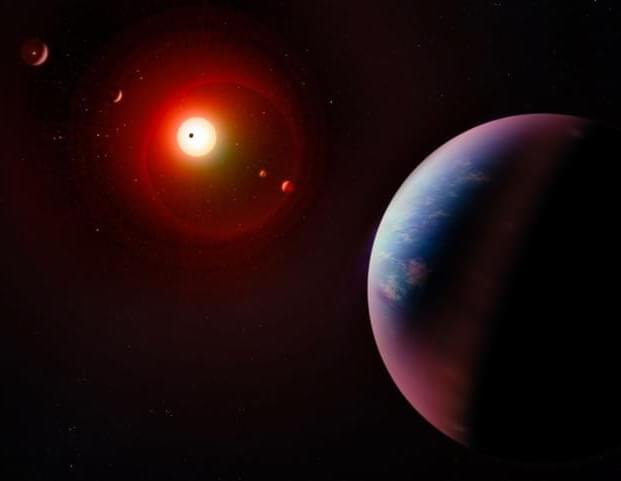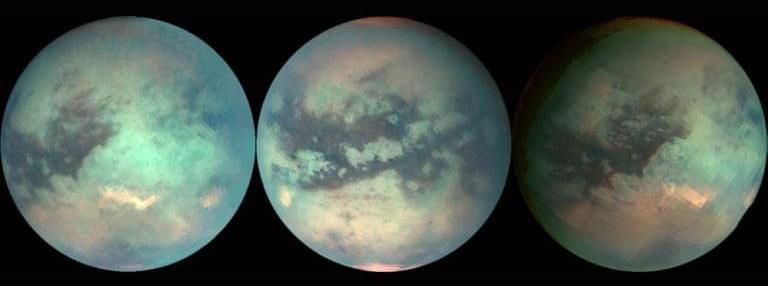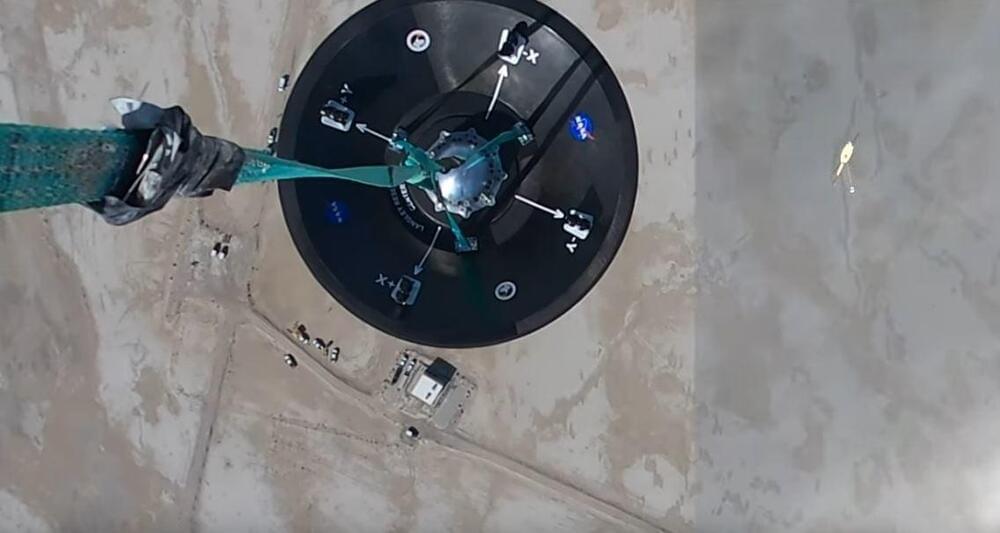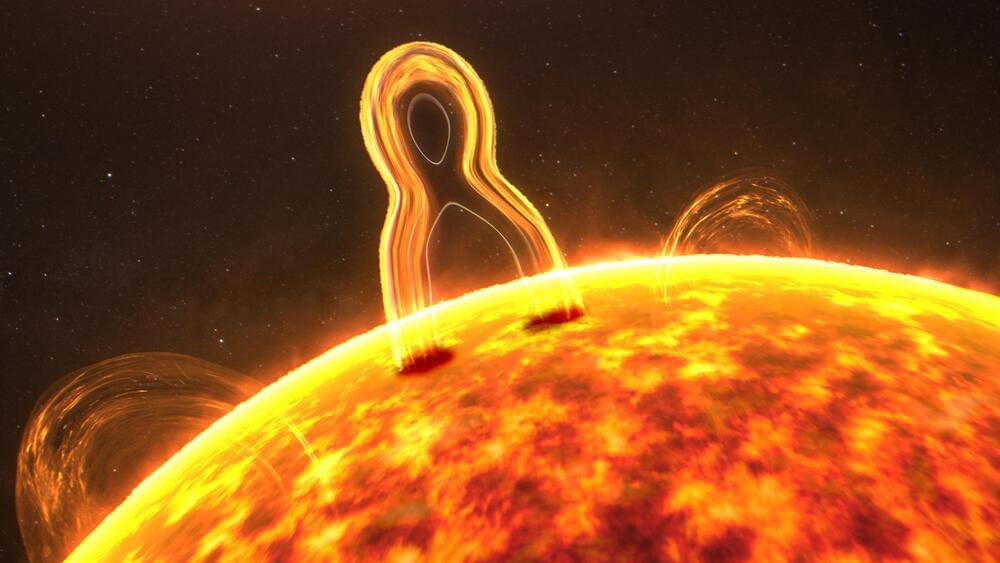
Category: space – Page 542


How the James Webb Space Telescope beat all expectations
Yet on April 28, 2022, each instrument’s alignment was completed, with a ~20 year lifetime expected. Both telescope and team performed dazzlingly, surpassing expectations overall.
First: the pristine, on-course launch conserved fuel purposed for course-correction.
JWST reached its destination, the L2 Lagrange point, ahead of schedule.
Neil deGrasse Tyson Reacts to Elon Musk Buying Twitter
Neil deGrasse Tyson gives his opinion on Elon Musk buying Twitter. Should Elon Musk be spending his time on Twitter or getting us to Mars? What does Neil deGrasse Tyson think of Mars as a backup plan for humanity? Is Neil deGrasse Tyson concerned about Elon Musk’s new policies?
#neildegrassetyson #elonmusk #twitter.
Join the Modern Wisdom Community on Locals — https://modernwisdom.locals.com/
Listen to all episodes on audio:
Apple Podcasts: https://apple.co/2MNqIgw.
Spotify: https://spoti.fi/2LSimPn.
Get in touch in the comments below or head to…
Instagram: https://www.instagram.com/chriswillx.
Twitter: https://www.twitter.com/chriswillx.
Email: https://chriswillx.com/contact/


NASA drops capsule from 1,200 feet to test Mars Sample Return
NASA has an ambitious plan to bring a piece of Mars back to Earth for study. Called the Mars Sample Return mission, the idea is to send a robotic team consisting of a lander, rover, and an ascent vehicle to the red planet to pick up samples being collected and sealed in tubes by the Perseverance rover. These samples will then be launched off the Martian surface and into orbit, where they’ll be collected and brought back to Earth.
If that sounds complicated, it is. NASA is working on some of the hardware required for this ambitious long-term mission, and recently the agency tested out a new design for the Earth Entry System vehicle which will carry the sample through our planet’s atmosphere and to the surface. And its test was a dramatic one — dropping a model of the vehicle from 1,200 feet and seeing if it survived.
The test was focused on the vehicle’s areoshell, testing out one possible design for the shell which has to protect the delicate electronics and sample inside from the heat and forces of passing through Earth’s atmosphere. To do this, the test was performed at the Utah Test and Training Range, where a helicopter ascended with a model of the vehicle and areoshell, called a Manufacturing Demonstration Unit (MDU), that was covered in sensors and measures 1.25 meters across. The MDU was then dropped by the helicopter and its descent was recorded. Coming from an altitude of 1,200 feet, the MDU reached the speeds that would be engineers think are equivalent to a sample landing mission.
New Idea From NASA: Trillions of Floating Balloons To Terraform Venus
Good telescope that I’ve used to learn the basics: https://amzn.to/35r1jAk.
Get a Wonderful Person shirt: https://teespring.com/stores/whatdamath.
Alternatively, PayPal donations can be sent here: http://paypal.me/whatdamath.
Hello and welcome! My name is Anton and in this video, we will talk about new interesting proposition on how to terraform Venus using floating continents.
Links:
https://en.wikipedia.org/wiki/Terraforming_of_Venus.
https://arxiv.org/pdf/2203.06722.pdf.
#venus #terraforming #nasa.
Support this channel on Patreon to help me make this a full time job:
https://www.patreon.com/whatdamath.
Bitcoin/Ethereum to spare? Donate them here to help this channel grow!
bc1qnkl3nk0zt7w0xzrgur9pnkcduj7a3xxllcn7d4
or ETH: 0x60f088B10b03115405d313f964BeA93eF0Bd3DbF
Space Engine is available for free here: http://spaceengine.org.
Enjoy and please subscribe.
Twitter: https://twitter.com/WhatDaMath.


NASA’s Webb In Full Focus, Ready for Instrument Commissioning
Alignment of NASA’s James Webb Space Telescope is now complete. After full review, the observatory has been confirmed to be capable of capturing crisp, well-focused images with each of its four powerful onboard science instruments. Upon completing the seventh and final stage of telescope alignment, the team held a set of key decision meetings and unanimously agreed that Webb is ready to move forward into its next and final series of preparations, known as science instrument commissioning. This process will take about two months before scientific operations begin in the summer.
The alignment of the telescope across all of Webb’s instruments can be seen in a series of images that captures the observatory’s full field of view.
“These remarkable test images from a successfully aligned telescope demonstrate what people across countries and continents can achieve when there is a bold scientific vision to explore the universe,” said Lee Feinberg, Webb optical telescope element manager at NASA’s Goddard Space Flight Center.